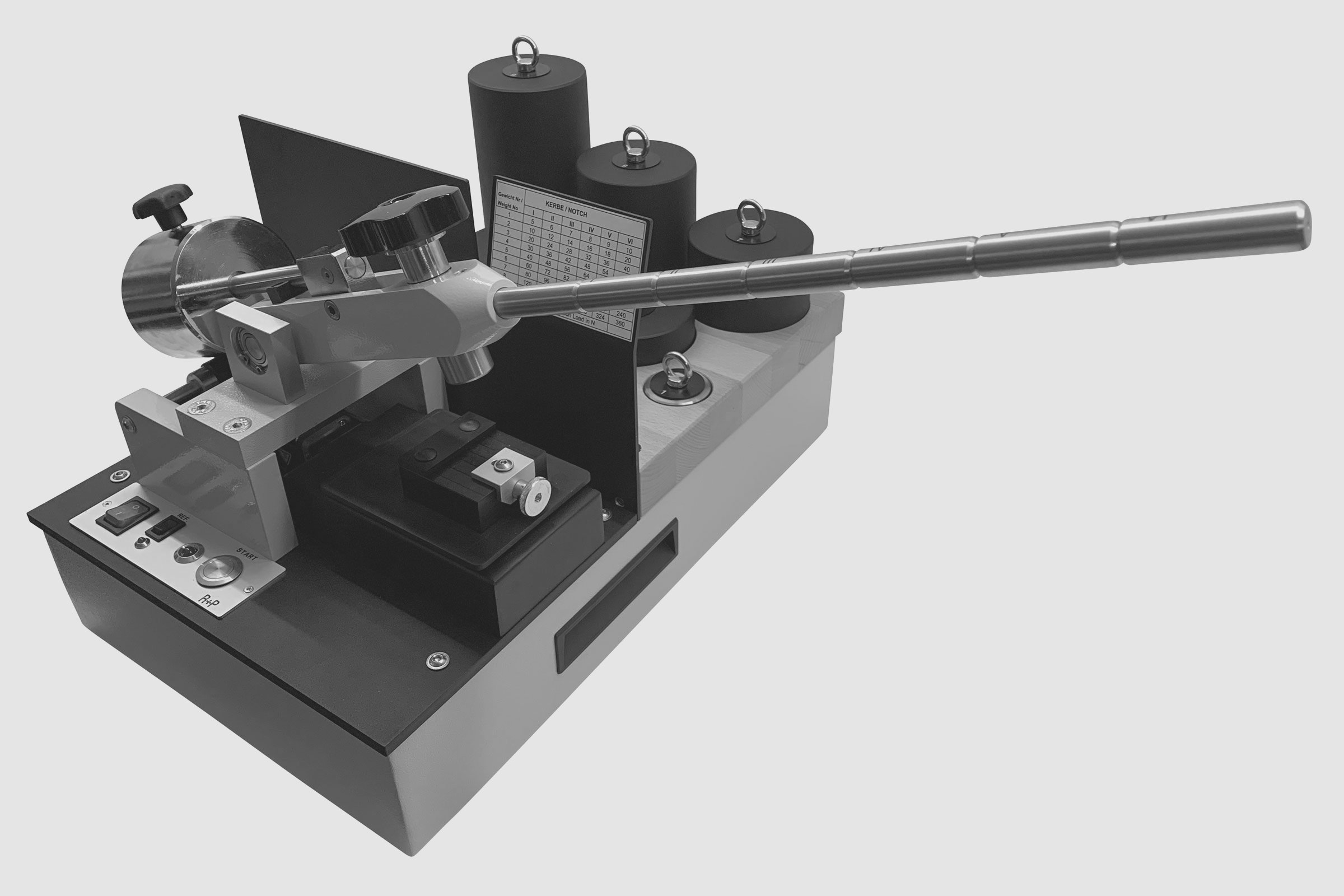
Friction Tester
Testing the sensitivity to friction of solid or pasty substances.
UN-RTDG
13.5.1 Test 3(b)(i)
STANAG 4487
EN 13631-3
The friction test is used to measure the sensitiveness of solid, liquid or pasty substances to frictional stimuli. It is required in various standards like: EN 13631-3, as well as the UN Recommendations on the Transport of Dangerous Goods, 13.5.1 Test 3(b)(i) BAM friction apparatus and STANAG 4487.
The Friction Tester is used to determine the sensitivity to friction of solid or pasty substances according to the BAM method and above mentioned regulations.
FEATURES
- Consists essentially of a cast steel base plate, a loading arm with notches, weights and the friction device with fixed porcelain pin and moving porcelain plate.
- The plate is fixed on a table that is moved once, by a motor, 10 mm to and from.
- By using nine different load weights in different notches enables one to vary the loading force from 0.5 up to 36 kg.
- The porcelain plates and pins are made of pure technical porcelain, with the dimensions of 25 x 25 x 5 mm and Ø10 x 15 mm respectively.
- The plates carry visible "sponge marks", the surface roughness is between 9 and 32 μm.
Technical Information
Stroke: 10 mm Speed: 141 r/min
Standard Accessories: 400 pins 100 plates 9 weights 1 loading arm 1 hook
Consumables: Set of 400 porcelain pins (part no. 781-0207) Set of 100 porcelain plates (part no. 781-0206)
Technical Specification
Weight:62 kg
Mains:380 V / 50 Hz; 220 V / 60 Hz; 110 V / 60 Hz
